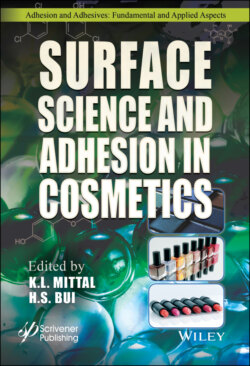Читать книгу Surface Science and Adhesion in Cosmetics - Группа авторов - Страница 86
3.13 Prospects on UV Nail Gels
ОглавлениеNail polishes were used in the US by 117 million Americans in 2016 and is expected to reach 122 million by the end of 2020 [17]. The global UV nail gel market is expected to be worth $59.31M in 2020 with a CAGR of 6.5% according to Markets and Markets research firm. North America accounted for 53% of the global market as of 2014. Methacrylated oligomers and methacrylated monomers account for 95% market share with 5% for the acrylated oligomers and acrylated monomers [1].
With the UV cure nail gel industry having its roots in the dental industry of the 1950s through the 1970s, this technology became successful in the late 1990s [29]. At the same time the industrial UV cure coatings market was also developing low energy cure technology for the automotive and aerospace industries. This forced the suppliers of the oligomers, monomers, photoinitiators and UV light sources to invest in developing technology that would cure with low level UV-A light sources. The biggest issue that the technology faced was oxygen inhibition. It is interesting to note that the industrial and nail gel markets both benefited from these new developments. With UV light sources transitioning from GA-FL to the LED, the technologies for both markets have taken a significant leap.
Today’s UV nail gel market will continue to grow and has some unique potential for delivering anti-onychomycotic drugs for the elimination of toenail fungus in the toenail plate.
However, concerns over the industrial hygiene issues for the chemistries being used will continue to plague this growing market for the consumer and the UV nail gel technician. In addition, there are industrial hygiene concerns with the UV light sources that cure the UV nail gel whether it is from the FL-GA or LED UV units.
